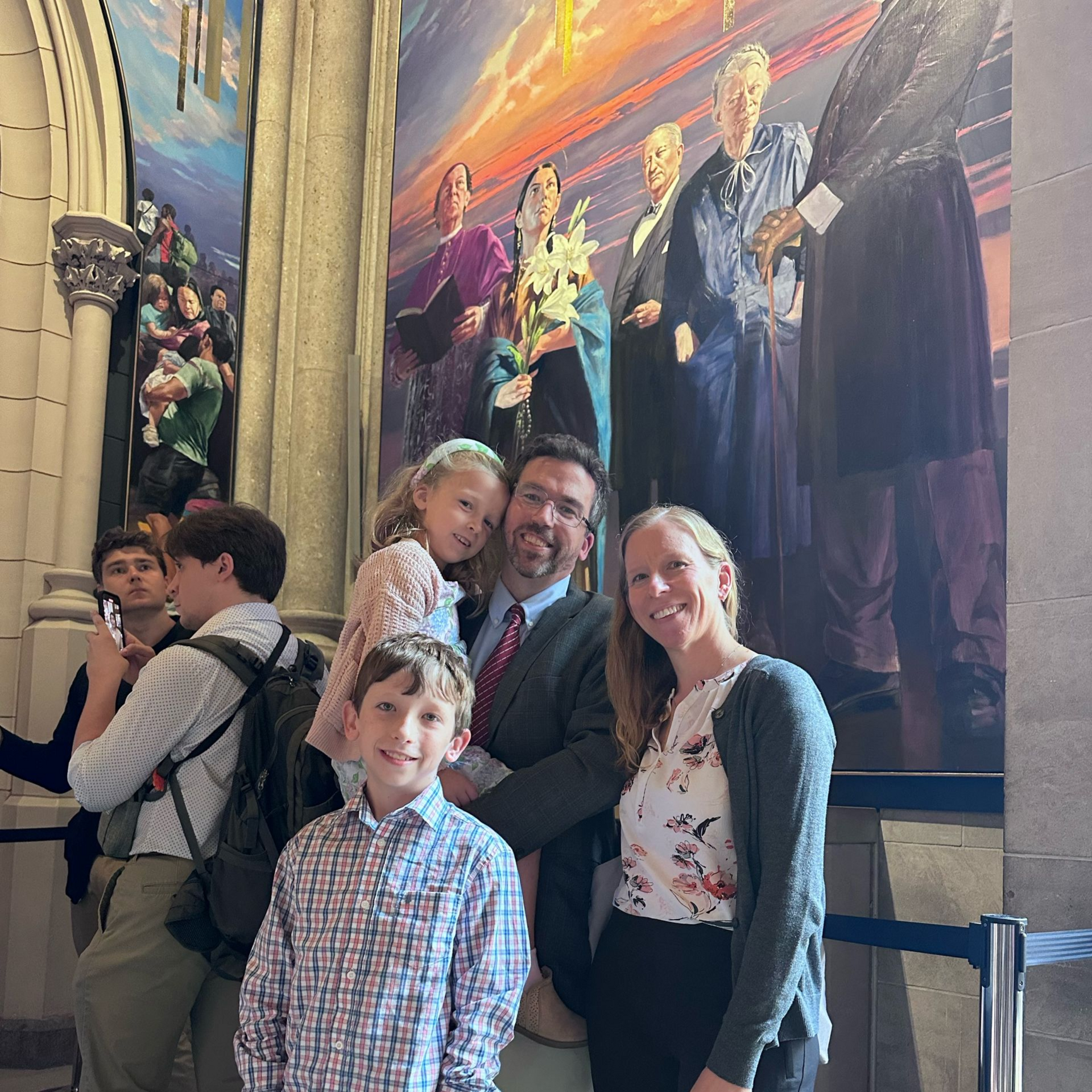By Casey Mullaney
•
October 14, 2025
Dear members of the Dorothy Day Guild, Hello! We hope that this missive finds you all well, and hopefully wherever you are, enjoying the same beautiful weather we’ve been experiencing in South Bend. Our Catholic Worker community is starting to look towards colder weather and anticipate the upcoming needs of our unhoused guests and neighbors for warm clothing, tents, and sleeping bags, but we have still managed to squeeze in a tiny bit more warm-weather fun: camping, picnics, and making Dorothy and Catholic Worker-themed art as a fundraiser at a neighborhood fall festival!





